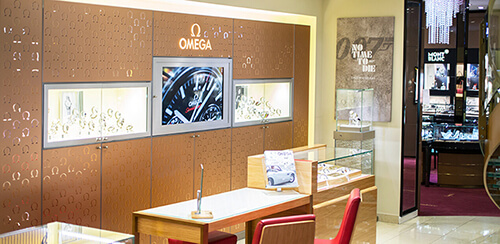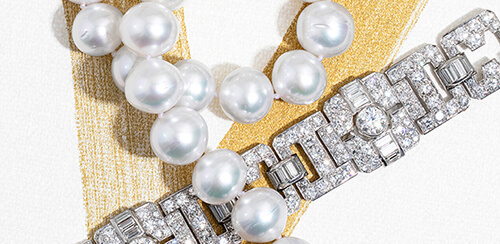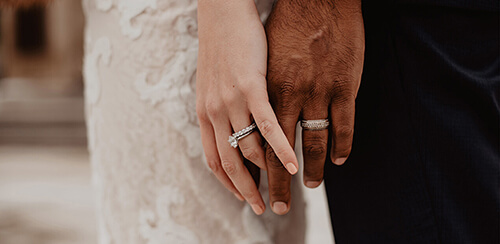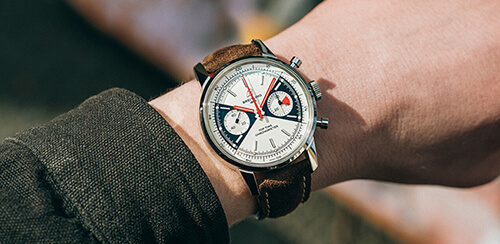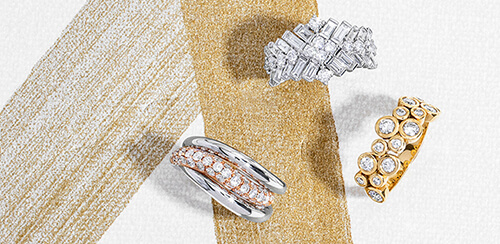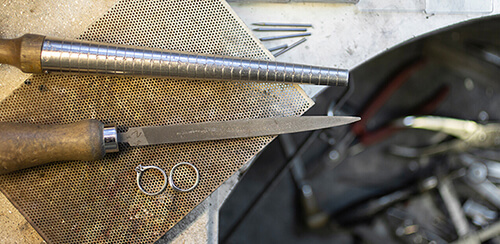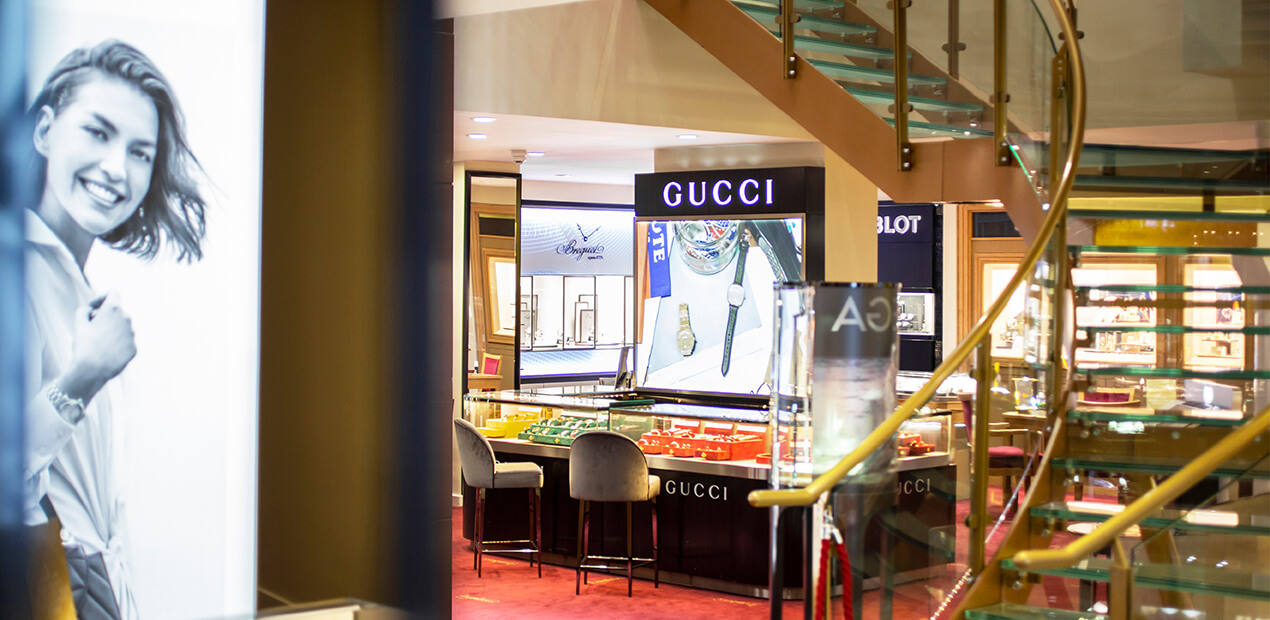Toggle Nav
Citrine: The Vitality Of Life
13/10/2021

November Birthstone: Citrine
CITRINE, CITRUS, CITRON
Citrine, the modern birthstone for November since 1910 and is also traditionally gifted for the 13th wedding anniversary. Its name comes from the Latin word citrus, meaning “citron” (a fruit closely related to lemon). It belongs to the Quartz family, which has been used in jewellery since the days of the Pharaohs of ancient Egypt. Displaying hues ranging from pale yellow to brown. The stunning colour of the gem is due to Iron impurities within its structure. It is one of the most popular and frequently purchased yellow gemstones.

Most popular shades are earthy hues to deep brownish or reddish orange colours. Naturally occurring, Citrine is really quite rare, with top sources coming from Bolivia, Brazil and Spain. Before modern gemmology it’s colour caused it to be confused with naturally occurring Yellow Topaz (November’s other birthstone). Since it’s rare in nature most Citrine on the market today is actually the result of heat treatment of Amethyst. The strength of saturation of the original Amethyst will directly influence the resulting saturation of the Citrine’s Yellow.
DURABLE
With a hardness of 7 on Mohs Hardness Scale, good durability, and relatively inexpensive; it’s an unbeatable combination for many customers. Citrine comes in an exceptionally wide range of sizes too. While Citrine as a Quartz mineral is rather common, and flawless stones of all sizes have been found and cut, the world's largest faceted Citrine weighs in at 20,200 carats. That is equivalent to 8.8 lbs. Jewellery-sized stones are readily available in weights of up to 20 carats, and more. This leads jewellery designers to use Citrine as the focus stone with diamond accents. Also often seen in multi-coloured creations alongside gems with contrasting colours like Amethyst, Aquamarine, Blue Topaz, and more.
COLOUR CONDITION
Mass quantities of bright greenish yellow to yellowish green have been produced under the name “Lemon Quartz”. Lemon Quartz is Smokey Quartz that is irradiated and then heated.
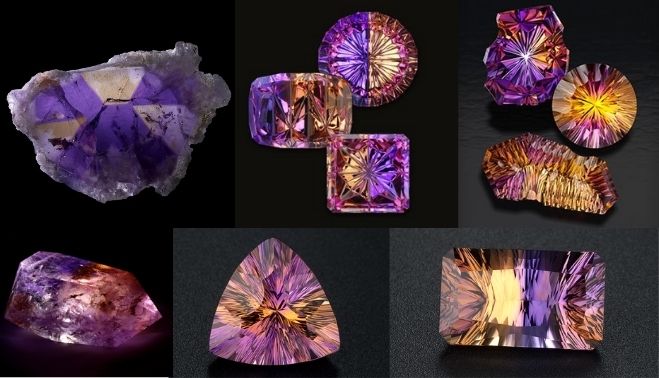
Under Citrine can also come the trade name of Ametrine, which occurs naturally only coming from 1 source in Bolivia, close to the Brazilian border. Legend has it a Spanish conquistador discovered it in the 1600’s but it was lost for more than 3 centuries. However, as we already know heat treatment of solid coloured Amethyst results a pure Citrine colour. In the 1970’s and under clever conditions of heat treatment and irradiation of the Amethyst resulted in this phenomenon of the parti colours in Quartz, which is Ametrine, the starting material was most likely colour-zoned Amethyst, or heating may have only been applied to 1 section of the stone.
Often cut as a rectangular step cut to display the bi-colour effect nicely. Cutters can also use fantasy cuts (stones that often have non symmetrical outlines or have parallel rows of facets that have no main table facet). This can be done to maximise weight from the rough or can be the result of cutters flight of fancy for irregular shapes of stone, to show off their expertise and personal flair, or even to enhance the bi-colour optics of a particular stone or carving.
If you were born in November, you have such an incredible choice of gemstones available to you. The Citrine is a gorgeous stone that is not only durable and beautiful but affordable too. As mentioned, the Topaz is also a fantastic choice. The problem is choosing just one!

